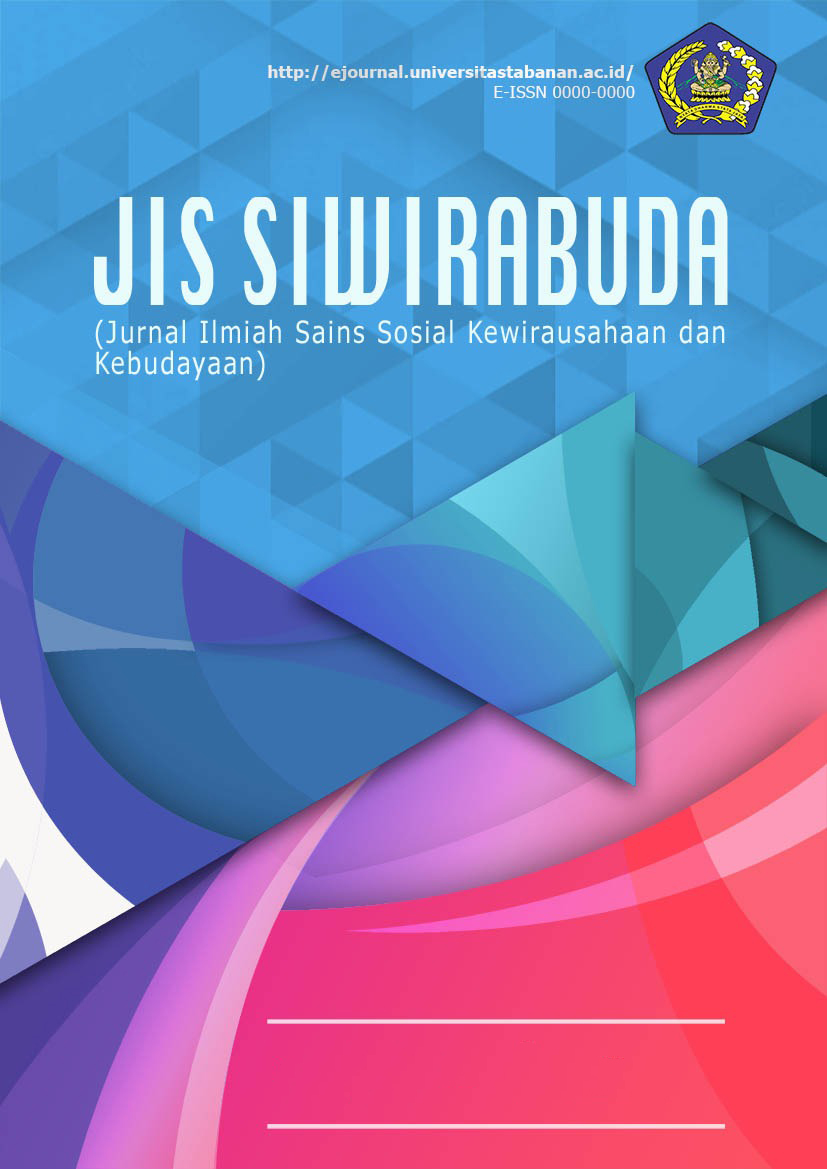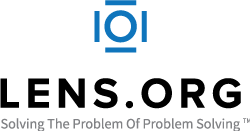KEARIFAN LOKAL DALAM NOVEL LAHBAKO KARYA NURILLAH AHMAD SEBAGAI BAHAN AJAR SASTRA DI SMA
DOI:
https://doi.org/10.58878/jurnalilmiahsainssosialkewirausahaandankebudayaan.v3i2.399Keywords:
local wisdom values, novel, teaching materials, nilai kearifan lokal, bahan ajarAbstract
This research is motivated by the marginalization of local cultural values and changes in the times that have led to younger generations becoming less familiar with local cultural values. It is important to strive to preserve local wisdom so that it is not lost, remains recognizable, and is known to future generations. This effort can be carried out through literature, particularly novels. Novels as literary works can be a strategic means of preserving local wisdom. The use of novels as a means of introducing local wisdom values can be integrated into high school literature education as teaching materials. The novel Lahbako by Nurillah Ahmad was selected as the object of this study with the aim of describing and explaining the forms of local wisdom values contained in the novel to be used as teaching materials for high school literature. This study is a qualitative study using a descriptive approach. Based on the analysis results, it was found that there are seven local wisdom values in the novel Lahbako by Nurillah Ahmad, namely beliefs/taboos, traditions, arts, value systems (good and bad), human life tools, livelihoods, and language systems. Thus, Nurillah Ahmad's novel Lahbako can be used as teaching material for high school students as an effort to introduce local wisdom values because this novel meets the criteria for suitability as teaching material.
Downloads
Published
How to Cite
Issue
Section
License
Copyright (c) 2025 Ema Afriyani

This work is licensed under a Creative Commons Attribution-NonCommercial-ShareAlike 4.0 International License.


 TEMPLATE JURNAL
TEMPLATE JURNAL



